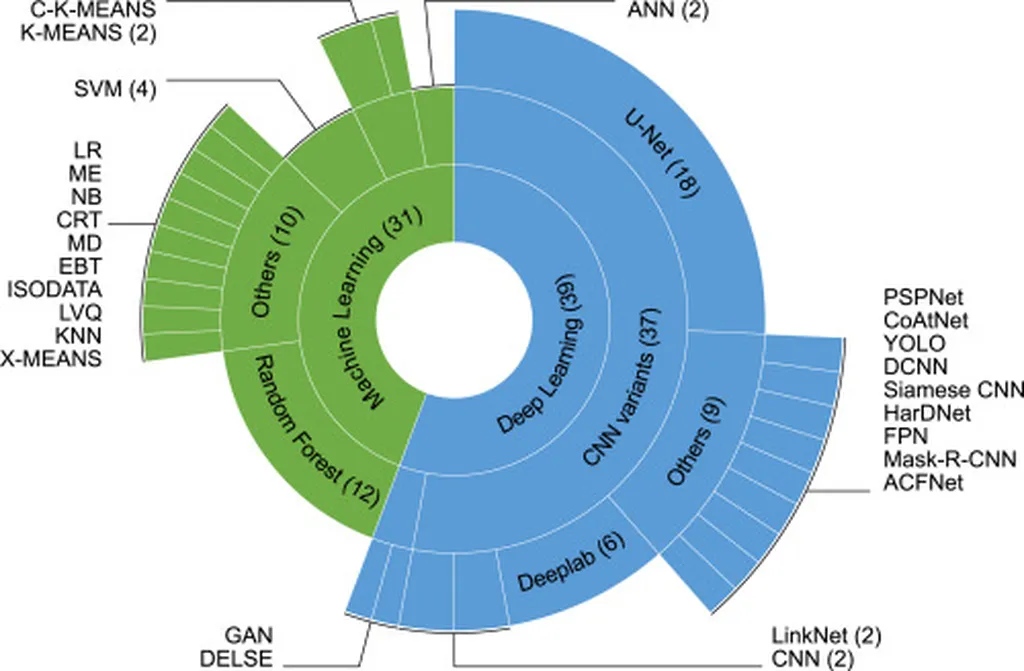In the heart of the Sikkim Himalaya, a groundbreaking study is reshaping how we monitor and predict the dynamics of glacial lakes, offering crucial insights for the energy sector and beyond. Polash Banerjee, a researcher from the Department of Computer Science and Engineering at Sikkim Manipal Institute of Technology, has pioneered a methodology that leverages Landsat time series data, Google Earth Engine, and advanced machine learning techniques to track glacial lake changes over three decades.
The study, recently published in *Discover Geoscience* (which translates to “Discover Earth Science”), employs a random forest classifier (RFC) and an artificial neural network (ANN) to analyze features like slope, hillshade, and various water indices. Banerjee’s approach not only provides a comprehensive view of glacial lake dynamics but also offers a robust framework for forecasting future changes.
“Our methodology allows for long-term, simultaneous tracking of glacial lakes, which is essential for identifying those prone to climate change and Glacial Lake Outburst Floods (GLOFs),” Banerjee explains. The accuracy of the RFC, averaging 98%, highlights its potential for reliable monitoring and prediction.
The implications for the energy sector are significant. Glacial lakes play a crucial role in hydropower generation, and understanding their dynamics can help in planning and managing water resources more effectively. “By forecasting the fate of these lakes, we can better prepare for potential disruptions and optimize energy production,” Banerjee adds.
The study’s use of Google Earth Engine and machine learning techniques sets a new standard for geospatial analysis. “This methodology can be applied globally, providing valuable data for regions facing similar challenges,” Banerjee notes.
As climate change continues to impact glacial regions, the ability to monitor and predict changes in glacial lakes becomes increasingly vital. Banerjee’s research offers a powerful tool for scientists, policymakers, and energy sector professionals, paving the way for more informed decision-making and sustainable resource management.
In a world grappling with the effects of climate change, this study serves as a beacon of innovation, demonstrating how technology and data can be harnessed to protect our planet and secure our energy future.

